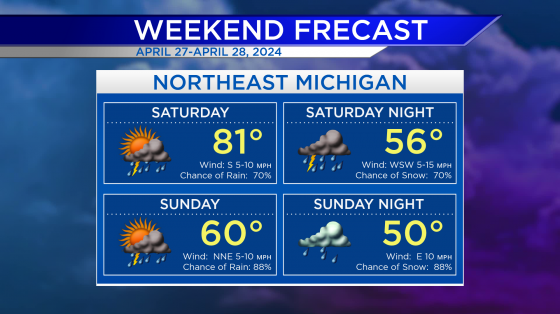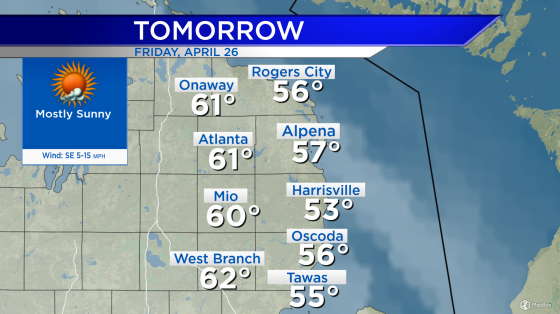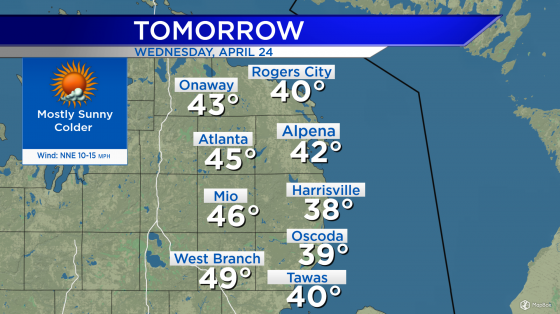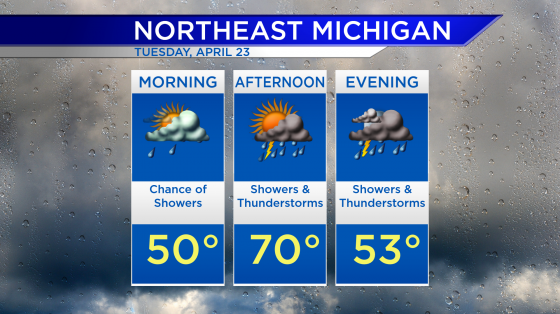NOAA Funded Project Uses AI to Detect Shipwrecks
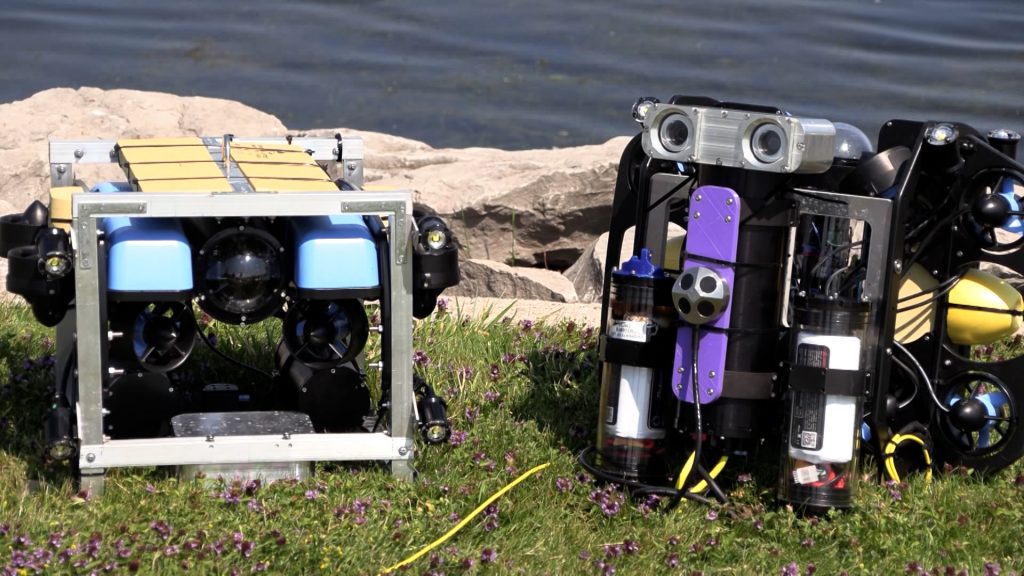
Scientists from different universities have been working with NOAA and the Thunder Bay National Marine Sanctuary, using artificial intelligence technology to detect shipwrecks.
Being a unique area with lots of shipwrecks, Alpena allows them to train their AI to find several of them.
“There are so many known shipwrecks in this area, so it allows us to collect a really large data set that includes a lot of different types of sites and different environments to allow us to train our methods for artificial intelligence to pick out potential new sites that we might discover along the way,” said Katie Skinner, Assistant Professor of Robotics at the University of Michigan.
Partnered with Michigan Tech, those robots collect high level imagery and data, and the University of Michigan’s robots segment those images. LSU’s robots are autonomous and gather images and then created 3D renditions of those potential shipwrecks.
“We want to transform them into autonomous underwater vehicles for scientists to be able to be more at ease using them, because generally, the cost of an autonomous underwater vehicle is very, very high,” said Corina Barbalata, an assistant professor in the Department of Mechanical Engineering at LSU.
Artificial intelligence has become growingly popular recently, and marine technology can be used in northeast Michigan beyond just potential shipwrecks.
“So what that really aims at is accelerating new discovery and accelerating data products for the wider public and communities for exploring what’s just below the lakes,” said Skinner.
This kind of technology is expensive and not so easily accessible. LSU’s department is trying to change that.
“They would not require large infrastructure like large ships to deploy these types of systems, and they would not require experts like human operators that know how to drive big systems,” said Barbalata.
This AI technology can be expanded and used for all sorts of research around northeast Michigan’s maritime life and natural resources, and the possibilities are endless.


